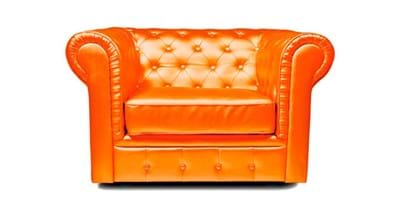We are pushing the control of high-tech systems to the boundaries of what is physically possible. We are entering a world where reliable models are no longer available, and we need to take uncertainty as a given. AI comes to guide us in this new uncertain future. In this Hot-or-Not, we explored how new AI-techniques, based on Bayesian Learning can land in the realm of systems control.
Human beings are unpredictable by nature. Combine one singer, two dancers and twelve drones with razor sharp blades, add an audience of millions - including the King - and now you have a grasp of the challenge that Sioux engineers Ruben Kwant and Stijn Groen were up against earlier this year. We will explore the system design choices that they faced in preparation of the King’s Day performance. They will explain how they dealt with the uncertainties of the untight control that is so much part of working with drones.
After that, we will dive into how AI can support the industry in architecting high-tech systems. TU/e prof. Bert de Vries of BIASlab will give us a short glimpse of what the future has in store for us. By using neuro-inspired techniques, we can use our beloved systems models and efficiently add self-learning mechanisms: introducing Bayesian learning. This new AI is based on system models that no longer claim to know it better than reality but rather form their own opinion about their understanding of the world. And from that, improve themselves. Unlike the current trends in deep learning - resource hungry and intrinsically not understandable - this gives rise to a new AI that can be deployed in real-time systems and in the smallest devices.
Sioux tech director Bas van der Linden puts this new Bayesian hype in an industrial perspective. He discussed, how AI is currently implemented in high-tech systems and which steps we need to take to incorporate the Bayesian methods into architectures of high-tech systems. Allowing us to expand our material and production methods, let machines self-monitor, reduce complexity and increase precision. These new models will enable us to push the physical boundaries that we are running into.
If you have missed this Hot-or-Not, or just want to share or watch it again, you can do so via our YouTube channel.

Got inspired? Do you have questions left about these topics or are you curious about how you can contribute actively in architecting new AI for high-tech systems? Please contact Bas van der Linden or Martine Dubling, organizers of this Hot-or-Not session, for more information.
